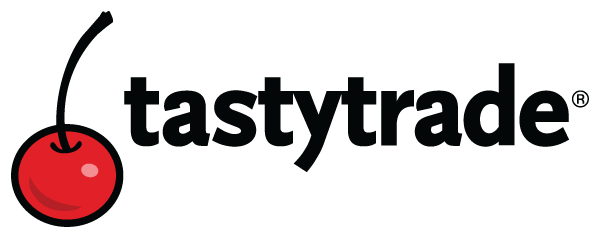What I learned in 2020.
This year I spent a lot of time studying about options, mainly with tastytrade (see info below). I realized I was trading options in the same way they do. First, I was reassured to know that there was a trading community using an identical method to mine. They gave me more confidence, and they removed, one by one, the doubts I had. Before I knew about options theory but the tastytrade team taught me the Best practices.
I adopted some tastytrade rules like :
- Entering a trade at around 45 DTE,
- Managing trade at 50% profit or at around 21 DTE,
These rules allowed me to trade more while reducing my risk.
I also paid more attention to the volatility and I stopped to place a trade just to place a trade. I do not place a trade anymore if the volatility is not high enough. Waiting for the right time is a lot more profitable.
It is not a new tip, but when I started blogging I spent a lot of time thinking about publishing my figures (I mean the detail of my trades). Finally, I decided it could be good for my trading because we are not proud when we need to publish a losing trade 🙂 .
What I will need to improve in 2021.
About the strike price.
I usually select a strike price very far away from the current stock price. This allows me to reach a high probability of profit rate but also a lower percentage of profit. I should select a strike price closer to the current stock price even if I will have to manage some more losing trades. The best way to do this is to place the trade at a certain Delta level. This will allow me to receive more premium.
I should determine a minimum credit to receive for each kind of strategy. I really need to avoid trading for too small credits.
More diversification.
I need to reduce my risk by :
- Building a less correlated portfolio,
- adding more diversification in terms of strategies.
About the risk management.
When I started trading options, I did not have a margin account. It was obvious from the start that I will be on the sell-side.
So I fully covered the trades with cash, the amount needed in case of assignation. Most of the time I do not want to be assigned!
Most experienced option traders should laugh at me but I will say it is a good rule for beginners. From my point of view, it was the safest way to manage the risk while learning. This helped me not to burn my trading account.
I am recording every trade into a database, it is time-consuming but that is part of the job. When you start to have enough data, you can analyze them.
I had a look at my biggest losses in terms of percentage of the strike price (x100) and I was amazed to notice the top 2: 73% and 32%.
This means I do not need to fully cover my trades with cash.
Another point to consider is the required margin amount to enter the trade. The main difference with my initial rule is this amount is fluctuating.
A safe way would be to start using about 50% of the available amount and progressively extend it to 70% and NEVER more.
As you can see there is a lot of work to do. The more you study the more you notice you have to learn. Studying is an endless work.
If you want to know more about options you can have a look at the Options Academy
To know more about the tastytrade community.
You will find there :
- Options strategies explained,
- A lot of topics explained in details,
- A research team,
- Trade ideas from the research team analyzed and criticized,
- Best practices,
- All that free content that you won’t find anywhere else in books or in college courses.
- and much more!



Soyez le premier à commenter